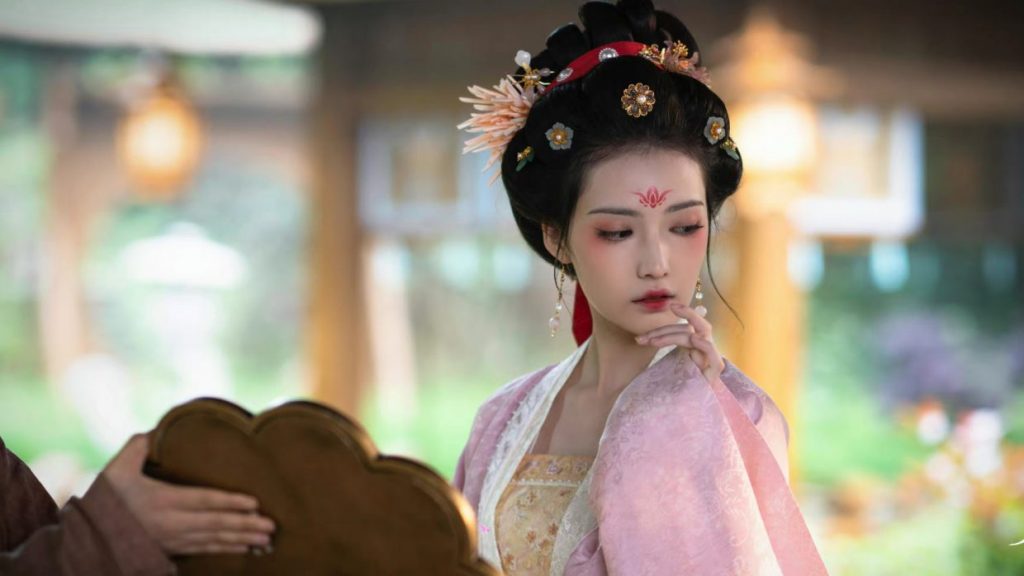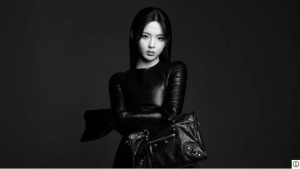Hanfu has grown from niche Gen-Z interest to mainstream stalwart. Its revival of subculture, community, and tradition signals a paradigm shift in taste for young consumers.

Adorned in elaborate lacquered jewelry, a braided updo, and a Ming Dynasty-inspired Hanfu (汉服) to match, @MochiHanfu, a 22-year-old “hanfluencer,” shares her latest look to her over 530,000 fans on TikTok. This is Hanfu: dynastic-era traditional Chinese Han dress, with flowing robes and multilayered ensembles.
For Mochi, the inspiration behind these historically-inspired looks (which take four hours to put together, not counting research and compilation time) largely comes from other like-minded creators on apps like Xiaohongshu, but also historical lore, artifacts, and paintings. At one point in the video, she turns to show the picture of Yang Guifei (楊貴妃) — one of the “Four Beauties” of ancient China — hung proudly in her room.
Though Mochi is relatively new to this (she’s been creating content for just over a year), the movement has long been home to a myriad of social media and IRL devotees since it burst into the popular imagination in recent years. Shiyin (十音), a popular Hanfu content creator with over 1.1 million followers on Weibo, began collecting in back in 2016 and shares all things Hanfu through her almost-daily vlogs, photoshoots, and short videos across four different social platforms.
With the mainland’s Hanfu market expected to reach $1.85 billion (12.54 billion RMB) in 2022 and to continue to swell to an impressive $2.82 billion (19.11 billion RMB) by 2025, the clothing style has perhaps now passed enough temporal (and financial) milestones to graduate from ephemeral trend to lasting subculture. Here, Jing Daily explores Hanfu’s expanding reach into the mainstream — and what its lasting power means for evolving style norms. Continue to read the full article here





